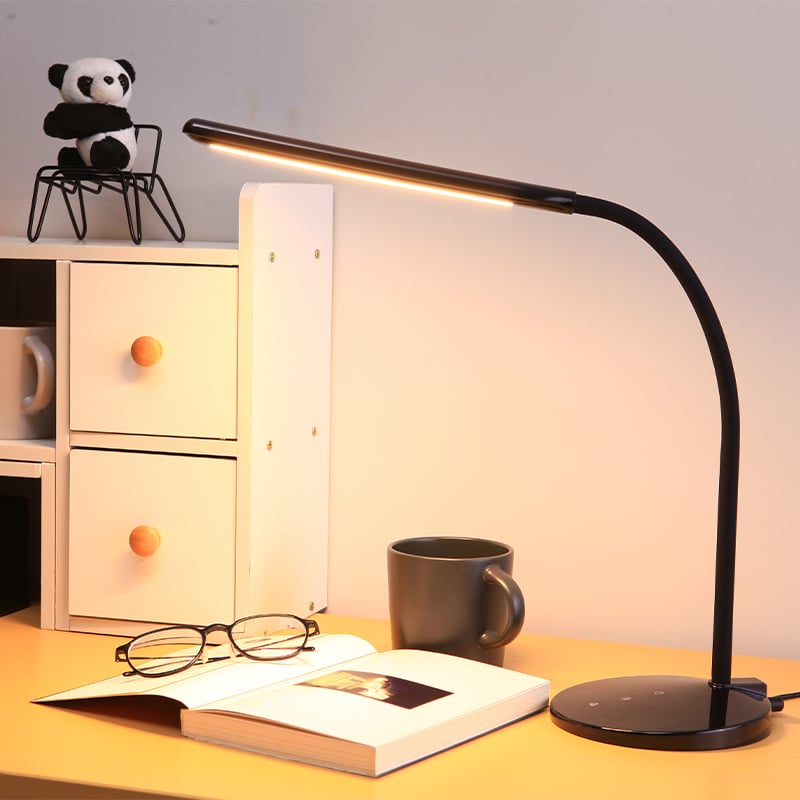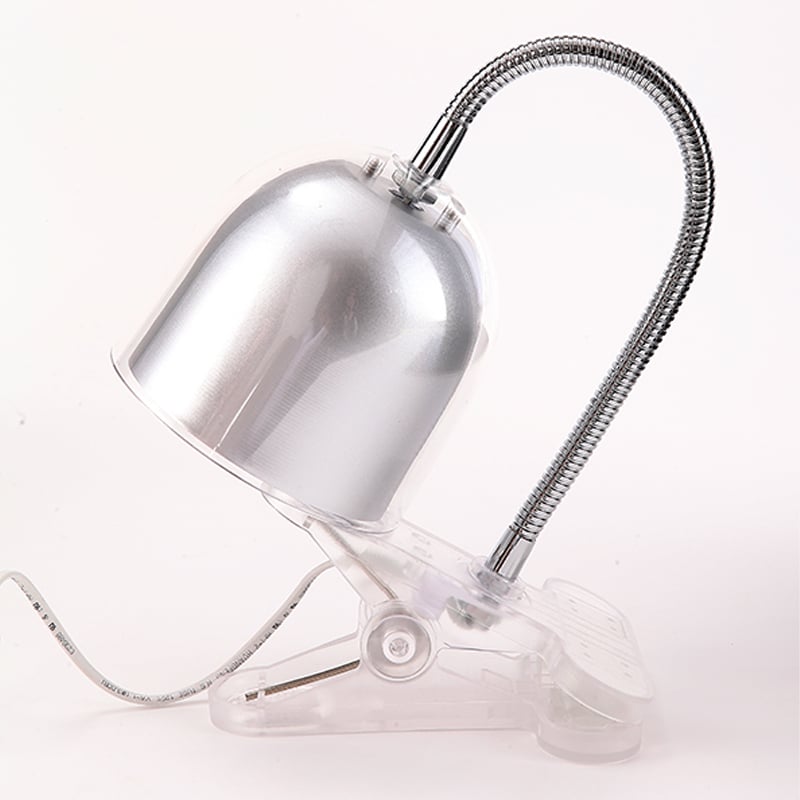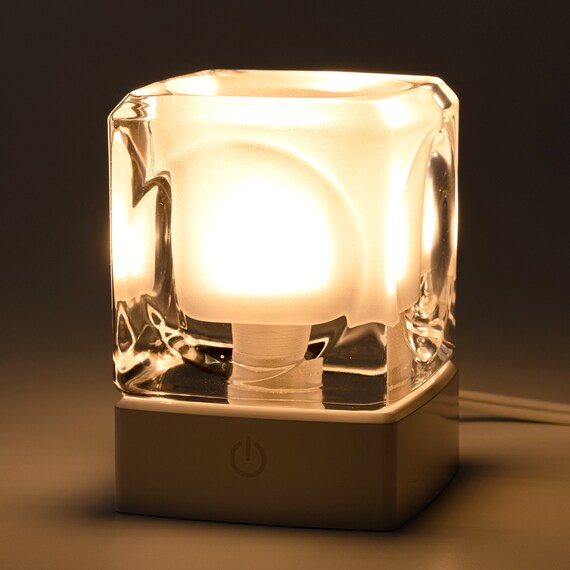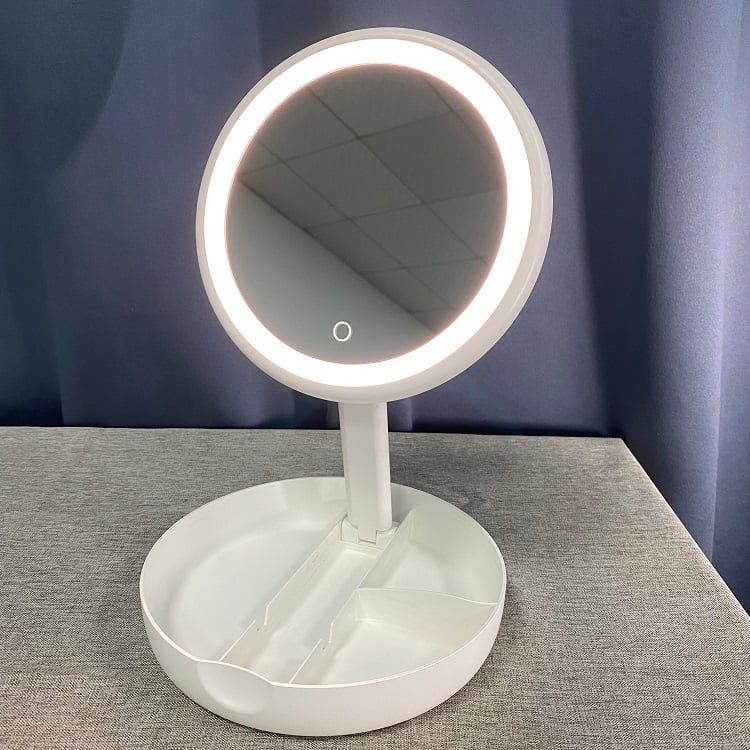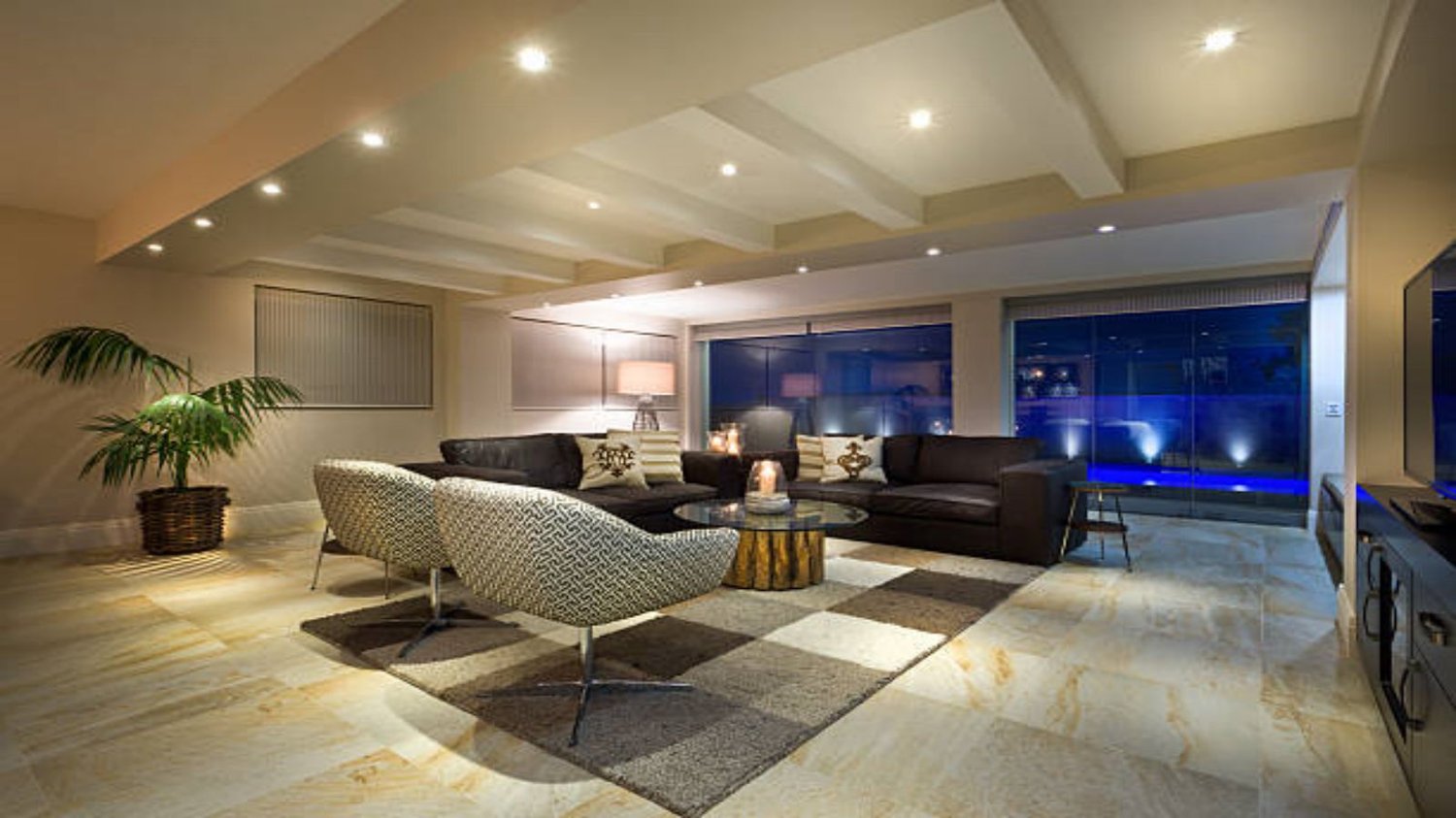1. The Importance of Proper Kitchen Lighting
Kitchen lighting plays a crucial role in both the functionality and aesthetics of your kitchen. It not only helps you perform tasks efficiently but also sets the mood for your culinary adventures. In this comprehensive guide, we will explore different aspects of kitchen lighting and provide you with valuable insights to illuminate your space.
2. Understanding Different Types of Kitchen Lighting
When it comes to kitchen lighting, one size does not fit all. Understanding the different types of lighting options available is essential to create a well-lit kitchen. The three main types are:
- Ambient Lighting: This provides overall illumination, ensuring the space is well-lit and comfortable.
- Task Lighting: As the name suggests, task lighting focuses on specific areas where you perform tasks, such as cooking or food preparation.
- Accent Lighting: Accent lighting is used to highlight certain elements in your kitchen, such as artwork or architectural features.
3. Choosing the Right Light Fixtures
When selecting light fixtures for your kitchen, it's important to consider both style and function. Pendant lights, chandeliers, recessed lighting, and track lighting are popular choices. However, it's crucial to ensure that the fixtures you choose are suitable for the specific purpose and size of your kitchen.
4. Maximizing Natural Light
An effective way to enhance your kitchen lighting is by maximizing the use of natural light. Consider adding larger windows, skylights, or glass doors to allow more sunlight into your kitchen. Natural light not only brightens up the space but also creates a warm and inviting atmosphere.
5. The Role of Color Temperature
The color temperature of your kitchen lighting can greatly impact the overall ambiance. Warm white light (2700-3000K) creates a cozy and intimate atmosphere, while cool white light (3500-4100K) promotes focus and task performance. It's important to strike a balance between these two when designing your kitchen lighting.
6. Layering Your Kitchen Lighting
Layering your kitchen lighting involves combining different types of lighting to create a visually appealing and functional space. By incorporating ambient, task, and accent lighting, you can achieve a well-balanced and versatile kitchen lighting design. This approach allows you to adjust the lighting according to your needs and preferences.
7. Energy-Efficient Lighting Options
In today's environmentally conscious world, energy-efficient lighting options are gaining popularity. LED lights are a great choice for kitchen lighting due to their longevity, low energy consumption, and versatility. They come in various colors and can be dimmed to create the desired ambiance.
8. Lighting Control Systems
A lighting control system can revolutionize the way you interact with your kitchen lighting. With the advancements in technology, you can now control your lights using smartphones, voice commands, or motion sensors. These systems offer convenience, energy savings, and customization options to suit your lifestyle.
9. Lighting for Different Kitchen Styles
Each kitchen style has its own unique lighting requirements. Whether you have a modern, traditional, or eclectic kitchen, it's important to choose lighting fixtures that complement the style and enhance the overall design. For example, pendant lights with clean lines work well in contemporary kitchens, while vintage chandeliers add a touch of elegance to traditional kitchens.
10. Maintenance and Safety Tips
Lastly, maintaining your kitchen lighting is crucial to ensure its longevity and safety. Regularly clean your light fixtures, replace burnt-out bulbs promptly, and inspect any exposed wiring. It's also advisable to hire a professional electrician for any electrical work to avoid any mishaps.

